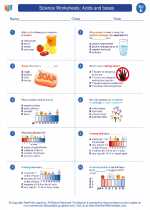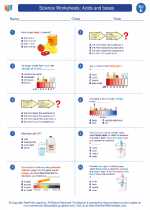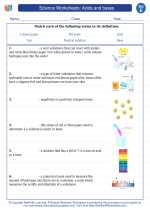Photon
A photon is a basic unit of light and other forms of electromagnetic radiation. It is a bundle of electromagnetic energy, and it has no mass. Photons are the carriers of the electromagnetic force. They are also considered as elementary particles, which means they are not composed of any smaller particles.
Characteristics of Photons
- Wave-Particle Duality: Photons exhibit both wave-like and particle-like properties, depending on the context of the experiment.
- Speed: Photons travel at the speed of light (approximately 3.00 x 10^8 meters per second in a vacuum).
- Energy: The energy of a photon is directly proportional to its frequency, as described by the equation E = hf, where E is the energy, h is Planck's constant, and f is the frequency.
- Quantization: Photons have quantized energy levels, meaning their energy can only take on specific discrete values.
Applications of Photons
Photons play a crucial role in various scientific and technological applications, including:
- Electromagnetic Radiation: Photons form the electromagnetic spectrum, which encompasses radio waves, microwaves, infrared radiation, visible light, ultraviolet light, X-rays, and gamma rays.
- Photovoltaic Cells: Photons are essential in the generation of electricity through photovoltaic cells, where they are absorbed by semiconducting materials to create an electric current.
- Optical Communication: Photons are used in fiber optic communication systems for transmitting data over long distances with minimal signal loss.
- Medical Imaging: X-rays and gamma rays, which consist of photons, are employed in medical imaging techniques such as X-ray radiography and computed tomography (CT) scans.
Study Guide
To understand the concept of photons thoroughly, it is important to focus on the following key areas:
- Understanding the wave-particle duality of photons and their behavior in different experiments.
- Exploring the relationship between the energy of a photon and its frequency, including the role of Planck's constant in this relationship.
- Investigating the quantized nature of photon energy and its implications in various phenomena, such as the photoelectric effect.
- Examining practical applications of photons in everyday technology and scientific research, such as in solar cells, telecommunications, and medical diagnostics.
By mastering these aspects, one can gain a comprehensive understanding of photons and their significance in the field of physics and technology.
[Photon] Related Worksheets and Study Guides:
.◂Science Worksheets and Study Guides Fifth Grade. Science Worksheets: Acids and bases
Study Guide Acids and bases
Acids and bases  Activity Lesson
Activity Lesson Acids and Bases
Acids and Bases  Worksheet/Answer key
Worksheet/Answer key Acids and bases
Acids and bases  Worksheet/Answer key
Worksheet/Answer key Acids and bases
Acids and bases  Worksheet/Answer key
Worksheet/Answer key Acids and bases
Acids and bases  Worksheet/Answer key
Worksheet/Answer key Acids and bases
Acids and bases  Vocabulary/Answer key
Vocabulary/Answer key Acids and bases
Acids and bases  Vocabulary/Answer key
Vocabulary/Answer key Science Worksheets: Acids and bases
Science Worksheets: Acids and bases 

 Activity Lesson
Activity Lesson
 Worksheet/Answer key
Worksheet/Answer key
 Worksheet/Answer key
Worksheet/Answer key
 Worksheet/Answer key
Worksheet/Answer key
 Worksheet/Answer key
Worksheet/Answer key
 Vocabulary/Answer key
Vocabulary/Answer key
 Vocabulary/Answer key
Vocabulary/Answer key

The resources above cover the following skills:
PHYSICAL SCIENCE
Matter and Its Interactions
Students who demonstrate understanding can:
Make observations and measurements to identify materials based on their properties.